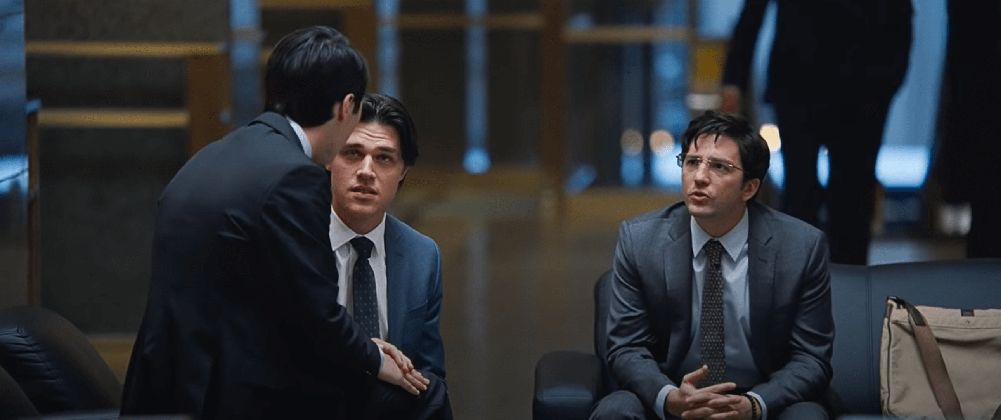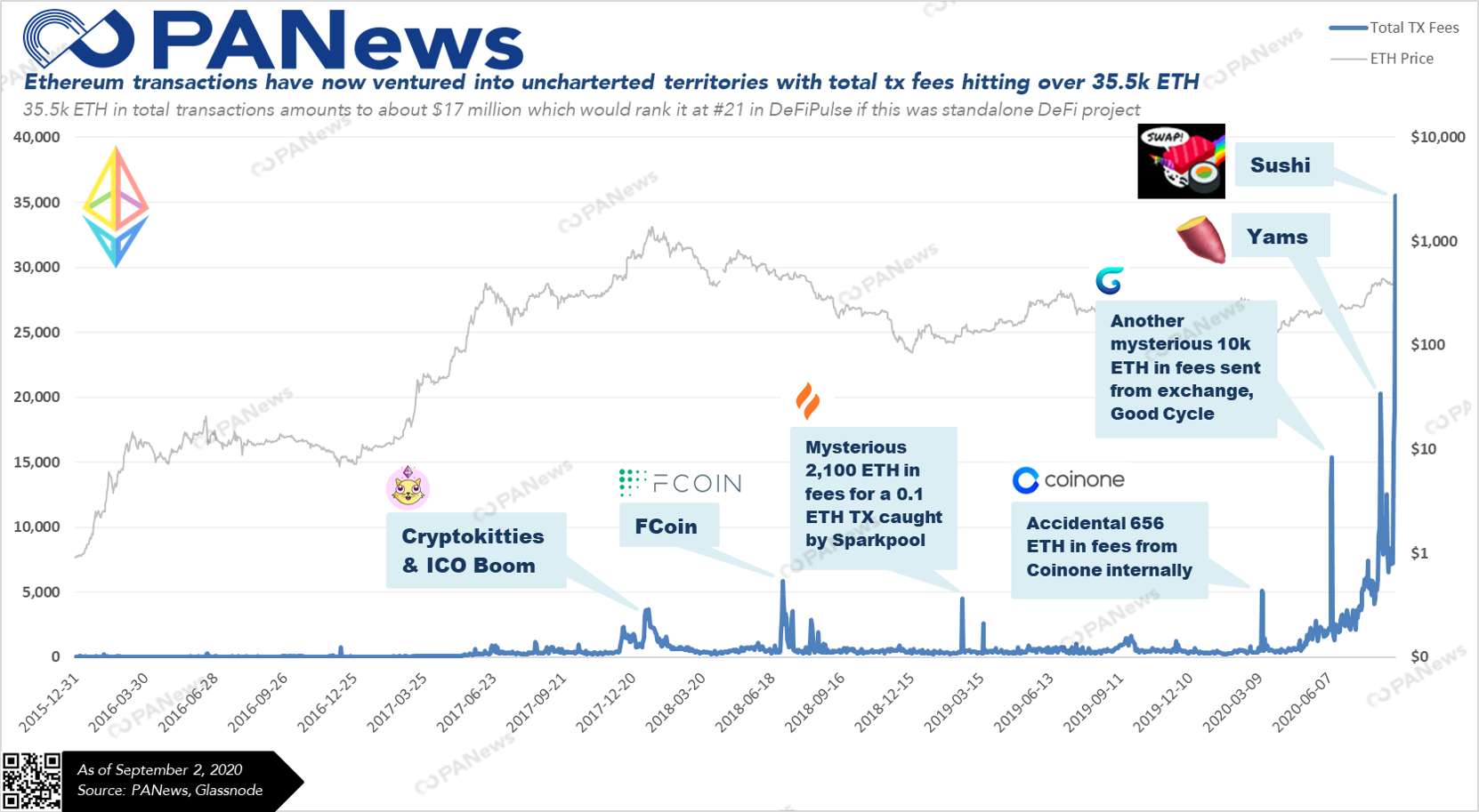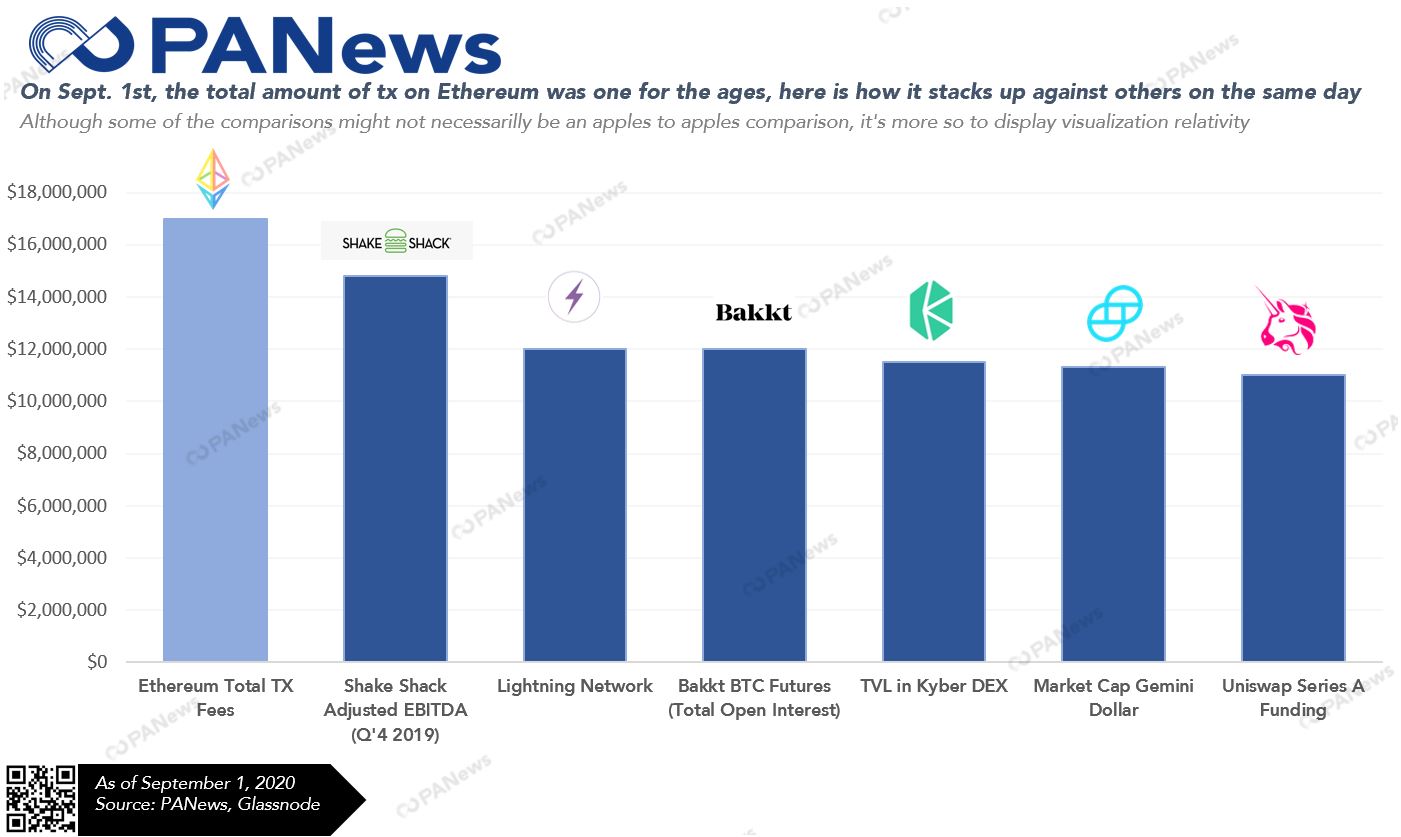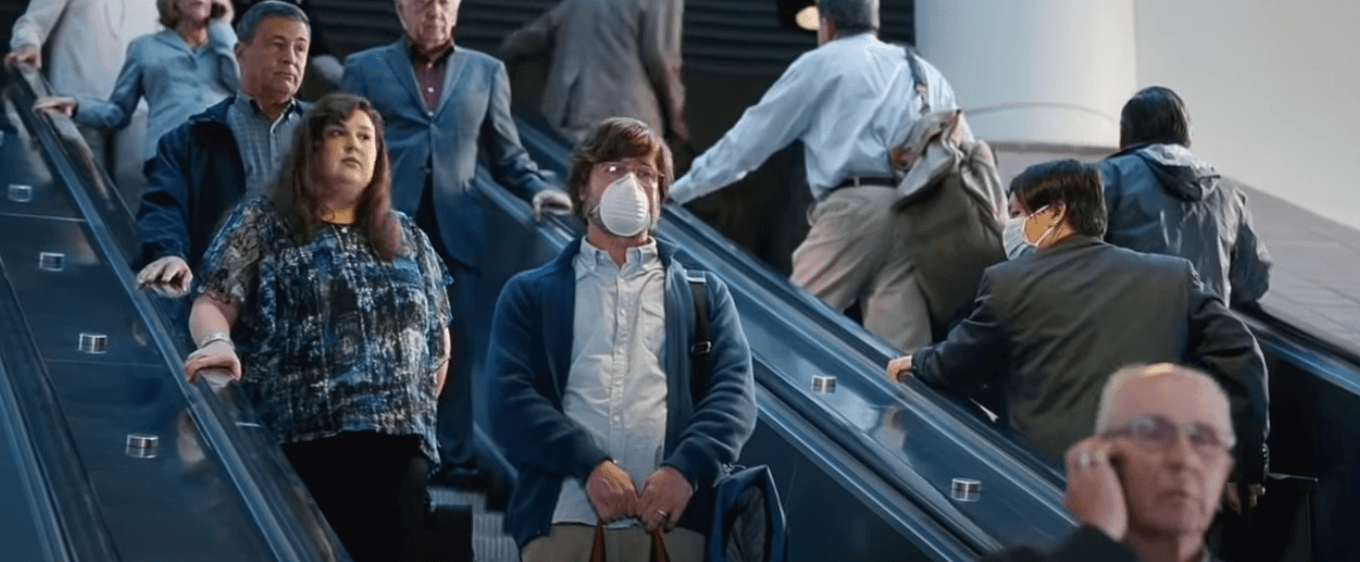
(Figure 1) Jamie and Charlie of Brownfield Fund getting served up a fresh ISDA slap in the face
For those who have seen the blockbuster Wall Street movie, The Big Short, a film depicting certain actors who’ve bet against the housing market of 2008, there is a particular scene that can resonate well with what we are encountering with transaction fees on Ethereum. When two young garage-managed fund managers, Charlie and Jamie, try to apply for the chances of trading high volume CDS (Credit Default Swaps) with JP Morgan, they immediately get stopped short by the JPM banker who tells them, in a slight douchiness manner, they are about $1.47 billion below the minimum requirements of an ISDA Master Agreement (International Swaps and Derivatives Association), a license allowing large whales to conduct trades on the OTC Derivatives markets. Curling into a fetal position immediately after, Charlie then rhetorically questions in an obvious realization of predetermined rejection, “Who the fuck schedules a meeting at 4:50p in the afternoon!” (alluding to how meetings scheduled this late are just meant to be time burners).
A $50 gas fee on Ethereum for a single transaction is by no means on the same level of the $1.5 billion ISDA minimum requirement, but the poignant humbling feeling when one gets reality checked by this barrier is all too real. The innocuous comparison is worlds apart of course but a conspicuous realization to whether or not DeFi is becoming the avenue for have’s and have not’s.
“in the last three months, we’ve gone from an environment where DeFi was expensive to use and a little bit slow, to now, for a lot of people it’s prohibitively expensive.” - Kain Warwick, founder and chief executive of Synthetix (SNX)

(Figure 2) Ethereum total transaction rolling up the $SUSHI, no pun intended
This past year, mean transaction gas fees have started out at around 10 gwei to a reading of 480 gwei on September 2nd, to a now “mild” 82 gwei for a standard transaction as of the time of this writing (September 7th). Having to pay more in gas fees than the value of the transaction itself was ubiquitous amongst Ethereum users, pricing out the small players while allowing the deep pockets to eat all the crops that they’ve farmed. It simply didn’t make sense for a retail user to pay $50 to execute a $5 transaction. And what does this imply? A majority of the folks in the crypto-verse sitting on the sidelines while whale farmers brag about their crops.

(Figure 3) A cross comparison of the total amount of Ethereum transaction fees on Sept. 1st versus other categories
Unequivocally, high gas fees have become the crypto version of ISDA minimum requirements, albeit without a shirt and tie. To farm on the hot trending yield farming platforms, you need to have at least a couple grand (possibly a lot more) to see some marginal benefits. To trade CDS and other complex derivatives with a willing counterparty in the traditional markets, you need to have the big boy pants on to attain the ISDA holy grail.
As the movie, The Big Short, describes it, an ISDA confers “a hunting license” that lets investors sit at the “big boy table and make high-level trades not available to stupid amateurs”. Flattering isn’t it? The origins of the ISDA Master Agreement dates back to 1985 in a way to create a standardized way of trading large sums in the foreign exchange and interest rate swap markets. These markets churn out trillions of dollars in daily trades making it one of the largest derivates markets. Usually only banks, corporations, and whale investors are able to flaunt their ISDA Master Agreements like a special backstage pass to a sold-out concert. On the surface, ISDA Master Agreement is there to make transaction closeout and netting easier amongst different jurisdictions. That’s on the face value. In reality it’s become more of an exclusive ticket to the most luxurious casino with individuals, rather than corporations, also being holders of an ISDA.
“Trying to be a high stakes trader without an ISDA is like trying to win the Indy 500 riding a llama.”
Although in the movie, the JPM banker states their minimum being $1.5 billion in assets, this requirement is not at all sent in stone with the ISDA as other banks have their own minimum such as Citigroup’s $25 million. Although that $1.5 billion is probably exaggerated for the sake of the movie, it accentuates the uneven playing field that exists.
Hedge fund managers, former investment bankers, and heavy weight managing directors have become in some instances recipients of a personal ISDA Master Agreement allowing them to personally be a counterparty in certain billion dollar OTC trades. In unique situations, even individuals that work for one of the big banks can carry their own ISDA Master Agreement trading with their employer, which is a major violation of any conflicts of interest that exist.
“It’s only the very upper echelons of the finance world that get this royal treatment,” said Tze Tung Chong, a former derivatives executive at firms, including Citadel LLC, who now invests in the contracts for his clients at London investment firm Mons Capital Ltd. “You must be very wealthy; you must be financially sophisticated. But perhaps most important of all, you need to know the right people in the banks.”
I think by now you get the analogy.
But there are other ways retail investors can get their hands on derivate products if they incline to do so based on their risk tolerance. It was only until the past 2 decades that retail investors had the wherewithal in dapping into these financial instruments thanks to online brokerages coming online and more educational materials available. But that’s not to say minimum requirements are non-existent. Some of the more established online brokerages require minimum deposits of as much as $5,000 to $10,000. FINRA, which is the self-regulatory agency that writes and enforces the rules governing registered brokers and broker-dealer firms in the US, characterizes the term “pattern day trader” as any margin customer that maintains a minimum equity of $25,000 on any day that the customer day trades. If the account falls below the $25,000 requirement, the pattern day trader will not be permitted to day trade until the account is restored to the $25,000 minimum equity level.
On the flipside, one could also state these minimums are there for the protection of retail investors. Making them steer clear of high-risk gambling strategies wrapped as “sophisticated financial instruments”. True. There is reasoning there. Then again, investing in $YAMS and $SUSHI really isn’t something we want to encourage crypto newbies to try nor is it a great example of what this technology is predicated on. But there’s more to Ethereum than penny stocks wrapped as food meme’d tokens. There are new aspiring Solidity developers in the space that want to poke at the tech stack. There are new projects building on Ethereum for legitimate real-world use cases that actually have some non-monetary benefits. There are builders that want to use a legitimate decentralized blockchain for building a legitimate product. Not proceeding with deploying a decentralized project on the Ethereum mainnet due to its cost would just go against the main purpose of why Ethereum was built. Moreover, it could also be a pivotal point in Ethereum’s adoption with other smart contract protocols that boast lower fees taking the baton.
That described scene, directed so flawlessly, itself does a fine job of encapsulating the douchey arrogance associated with big bankers and the all too common retail investors that get left behind. And as coincidental as it may seem, the banker dishing out the rejection is portrayed as a JP Morgan employee. JPM Morgan is the main player behind ConsenSys (the Ethereum venture studio) and JPM’s own enterprise blockchain platform, Quorum.
Food for thought.

(Figure 4) The moment where Ben Rickert, played by Brad Pitt, comes in to save Charlie and Jamie. But I think metaphor here is self-explanatory and quite ironic.
There was once a time when it was relatively easy to and cheap to mine bitcoin for the average person. Now you need at least a couple of million and a leg to see any economies of scale transpire. Using Ethereum is still for the most part, inexpensive, if you were to put it nicely. But if what we saw this summer was omen to what we can see in the next few years, with even many experts saying Ethereum 2.0 is not the answer to high gas fees, expect the “ISDA” level on Ethereum to shun down more aspiring users like Charlie and Jamie.
Sources
1. https://www.investopedia.com/terms/i/isda-master-agreement.asp
5. https://www.fool.com/knowledge-center/how-much-money-is-needed-to-start-trading-futures.aspx










